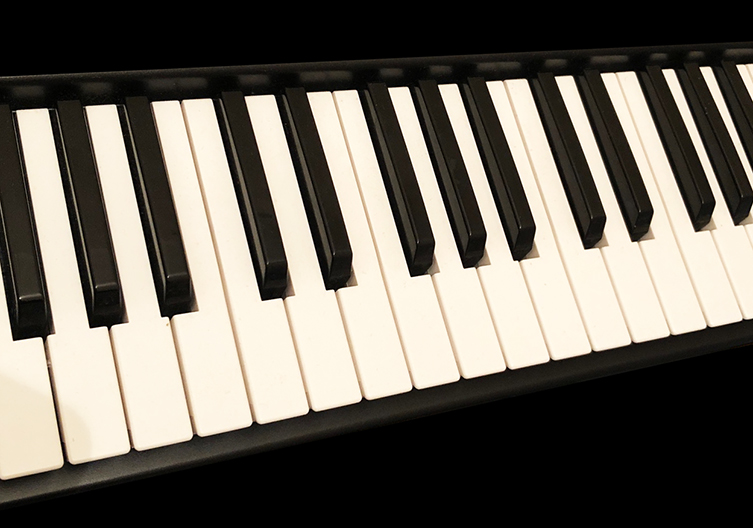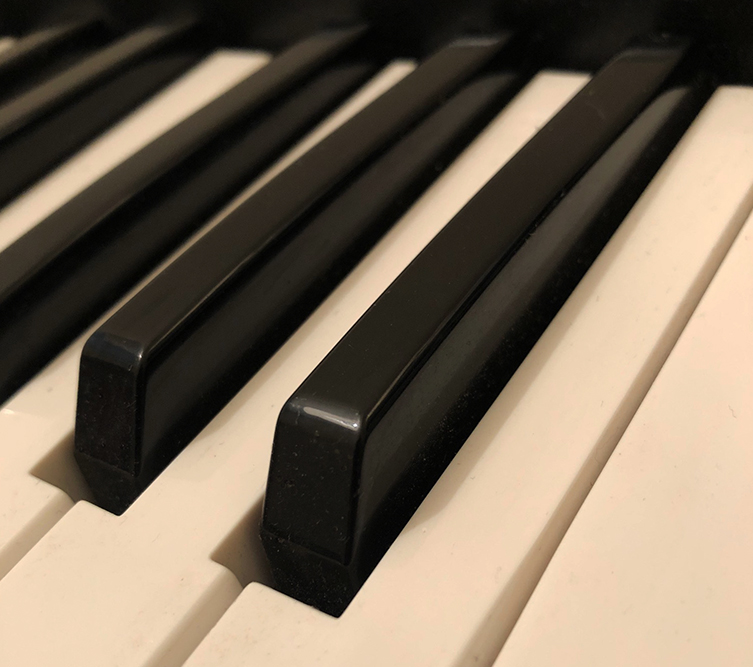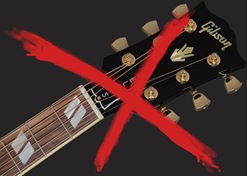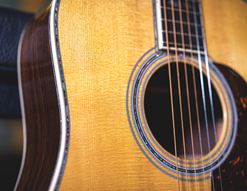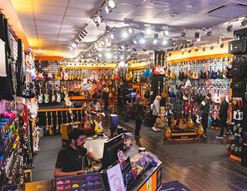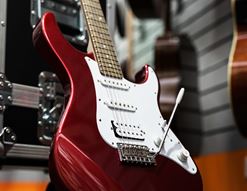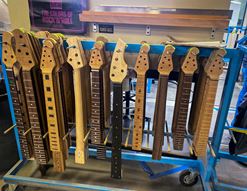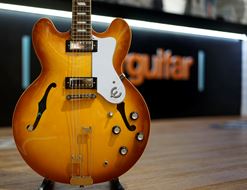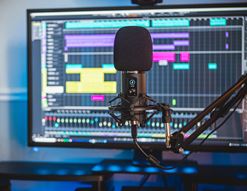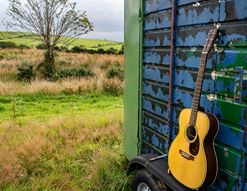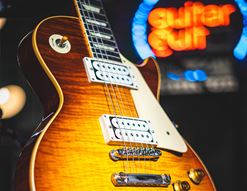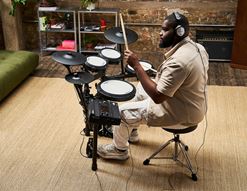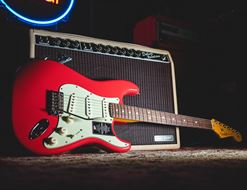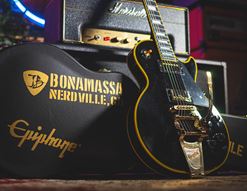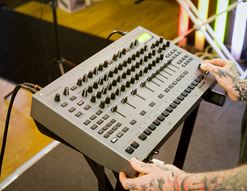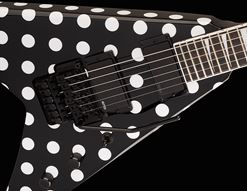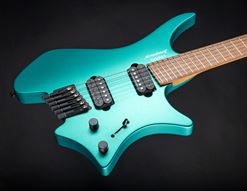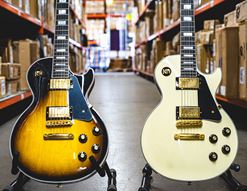Playing the piano is like musical freedom.
Using both hands, you can play rhythms, accompaniment chords and lead melodies, all at the same time, with octaves worth of notes literally at your fingertips.
As much as we are obviously guitar people, we love pianos, too. Have you ever thought of trying to learn the piano?
Maybe you’re a parent of school-age kids, and conversations are beginning to be made about your children learning and you're interested in learning about pianos for beginners.
Perhaps you’re an accomplished guitarist already, and dipped your toe in the world of keyboards a while ago? Do you want to go back and improve? Fill in gaps with your musical theory or just play familiar chords in unfamiliar ways? There’s no time like the present!
It’s an exciting time, for sure! The piano is a perfect instrument for understanding how music ‘works’, for want of a better term: harmony and melody can be laid out in an easy to understand way, particularly if you have the right type of instrument to play on.
Now, it’s a fact that you can play on any keyboard, but some are more suited to certain applications than others. Factors like number of keys, type of keys and other functions can make significant differences to your experience. We want your piano experience to be the right one for you, or indeed your child. Today, we’ve lined up three extremely affordable keyboards and pianos, to help explain the different angles and approaches to this timeless and beautiful instrument.
Contents
Piano or Keyboard?
- Pianos have 88 weighted keys with a 'real' hammer action feel
- 'Keyboards' for us are more portable, and focus on sound choice and options for accompaniement.
Piano or keyboard indeed: good question! What’s even the difference? Well, in the context of our instruments today, there are a few distinctions. It’s true to say that both rely on digital sounds and use a traditional piano-style keybed on black and white keys in order to sound the notes. What, in my opinion, distinguishes a digital keyboard from a digital piano is the use of a full set of keys (88 in total) for a digital piano, with the keys being ‘weighted’, too. Weighted keys simulate the feel of an acoustic piano, so they are a little heavier under the fingers. This is a good thing, since it allows you a degree of control over dynamics: the harder you press the key, the louder the note will sound, just like a ‘real’ piano.
In contrast, a ‘keyboard’, in this context, will normally have less than 88 keys and will not have weighted keys. These instruments are generally filled with lots of sounds, rhythms and so on, too. They are typically smaller and more portable, making perfect first choice buys for the bedroom, since they are also generally less expensive.
Best Beginner Digital Pianos
So, with those differences noted between what we regard as a ‘piano’ and a ‘keyboard’, it’s time to look at a few recommendations! Yamaha and Roland both provide some excellent quality instruments at good beginner prices, and both are trusted, reputable brands. I’ve selected two pianos from each brand, so please have a read and see which one might appeal the most to you.
Yamaha P-145 BT
The Yamaha P-145BT is an update on their enormously successful P-45 piano. That model was ‘basics, done well’, which I believe is the correct way to go at this price. You get a good hammer action keybed with controllable touch sensitivity, so you can have more or less sound when you strike a key. Good for learning! You get 10 built in sounds, including a good quality piano sound and a handful of string and organ sounds. On the back, you have MIDI and USB outputs for using later on in your journey. Those features add value to the instrument and bring it up from being a purely ‘beginner’ thing.
And that’s pretty much it! Paying for bells and whistles at the expense of good sounds and a nice key feel is a mistake that will haunt you later! Don’t be fooled by endless lists of features at this price point: you want a piano that feels good under your fingers and makes a good, realistic sound for the price. This P-145BT delivers that.
In fact, there is one more handy feature onboard: built-in Bluetooth. This lets you hook up your phone/tablet/whatever and play music through the piano’s speakers. Play along with lessons or your favourite songs and have them all come from the one output! It’s a handy idea.
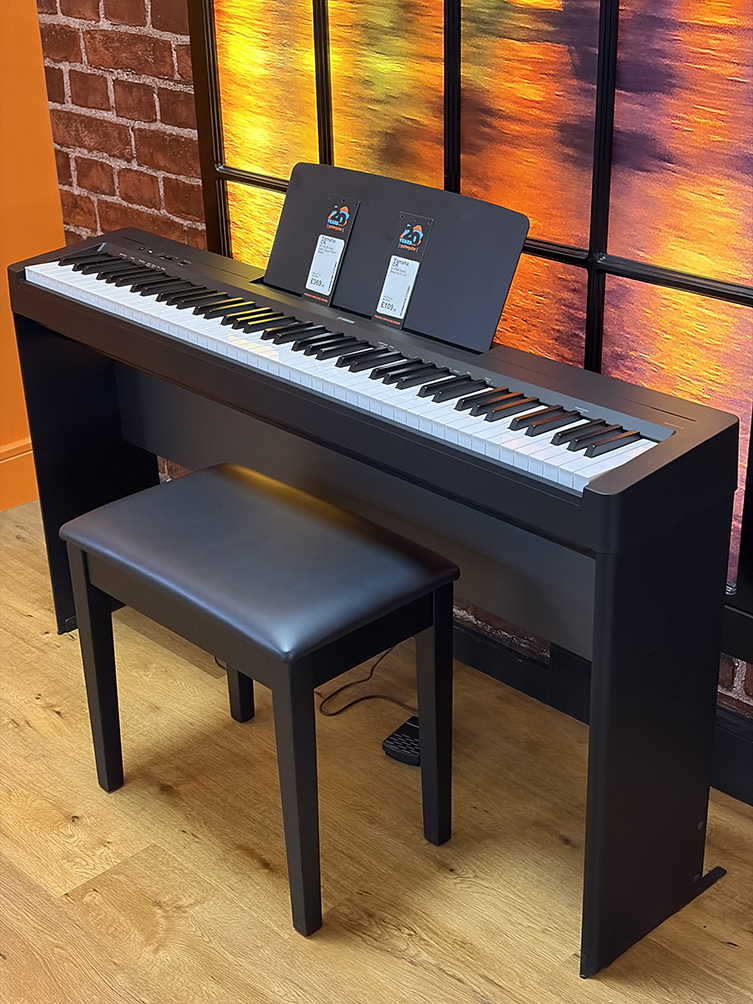
Yamaha P-225
This next model from Yamaha is a little bit more expensive, and it is still pretty straightforward in terms of features. So why spend the extra? Better sound. The Yamaha P-225 has sounds taken from the CFX Convert Piano, a higher-end, extremely realistic digital piano. On top of that, there’s extra tech in here called Virtual Resonance Modeling, which mimics the natural flow and decay of the piano’s notes as they sustain and die out.
In short, it’s a much more realistic piano experience, and I think that’s worth the extra spend since it’ll mean you use the instrument for longer.
Roland FP-10
Yamaha’s big competitor on the market is Roland. Another musical giant, Roland, are well known for their innovations in music technology. Without being too detailed about it, modern music as we know it would not exist without Roland bringing MIDI, 808 drum machines and BOSS compact guitar pedals.
In the world of pianos, Roland are unsurprisingly full of their signature inventiveness. The first piano of theirs I’ve chosen is the FP-10. Again, this is a very straightforward instrument that focuses on feel, experience and piano sound over other lists of features.
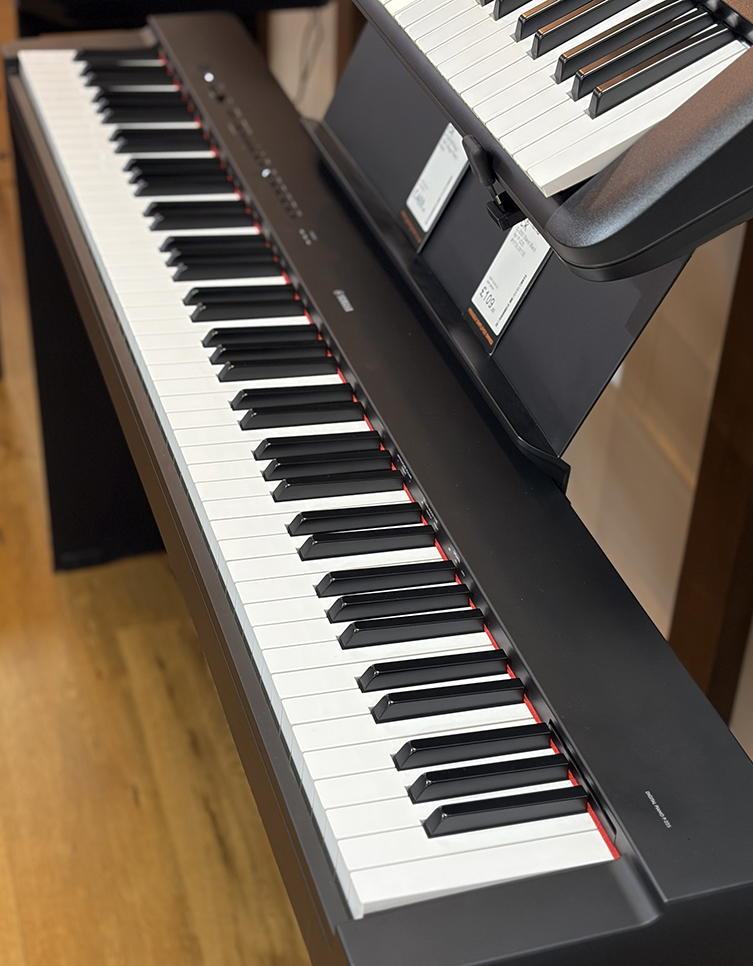
What Roland really have going for them here is their SuperNATURAL technology. Without overly explaining it, Roland use a combination of sampled piano sounds (from a number of real-world pianos) and synthesized tones to make a particularly realistic piano sound. These SuperNATURAL tones sound, react and behave like far more expensive instruments. You don’t get tons of sounds here, but the 4 piano models are exceptional.
On top of that, you can connect the piano via Blue Tooth to an app (Piano Partner 2) which opens up all kinds of options and even new sounds to use! You can even use the Bluetooth and USB connectivity for MIDI and audio users later on, when such requirements become useful to you. Impressive stuff.
Roland FP-30X
So I’ll do as I did with Yamaha and look to a higher priced piano from Roland to see what the extra buys you. On top of what the FP-10 offers, the Roland FP-30X adds the following:
- 3d Ambience: when using headphones, you’ll get a complex, multidirectional spread of sound, making your piano experience intensely realistic.
- More onboard tones (56 in total)
- Onboard effects: ambience, rotary speaker and modulation, depending on which tones are used
- Split piano function: divide the piano into two smaller sections (the middle section of notes doubles itself) so that two people can play the same notes at once. Great for lessons!
These are all good useful features, so if they sound like things you’ll use then the FP-30X is a very good buy. If you just want a high quality piano experience, then you’ll definitely get it with the FP-10.
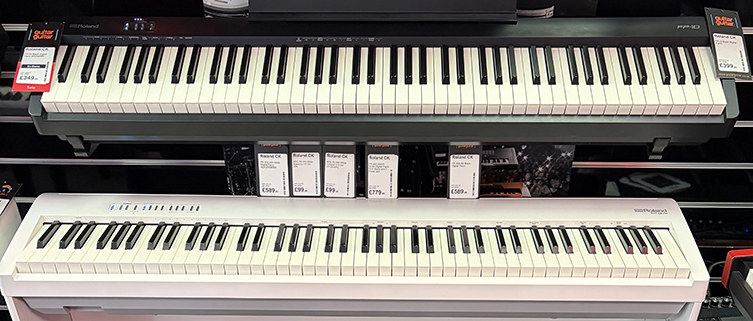
Keyboards
Have you settled on the idea of a portable keyboard? What you give up in terms of 88 weighted keys, you get back in fun, musical features. Right now, I’ll show you three Yamaha PSR keyboards. At this price range, I believe Yamaha are the brand to beat. Lots of developments worked on for more expensive instruments eventually filter down into these beginner keyboards, meaning that bang-for-buck is really quite impressive, even at modest prices.
What you can expect from all of these choices are the following:
- Light weight, portable instruments
- Built-in speakers: no additional connections required in order to hear yourself
- A number of sounds/voices to use, and a number of backing accompaniments
- A headphone output for the times when you want your practice to be more private
Here’s my pick of three…
Yamaha PSR F52
The Yamaha PSR F52 is a very simple, straightforward, effective learning device. You have a lightweight instrument with 61 keys, a range of voices (sounds) and a number of musical rhythms, in many styles, to play along to as you learn.
The cost is incredibly low for an instrument made by Yamaha. If you are just taking baby steps into the world of keyboards then this one offers a lot without committing lots of money to the idea.
Yamaha PSR E-283
Next up is a very slightly dearer model, the Yamaha PSR E-283. So, what do you get for that extra spend?
Quite a lot, as it happens! This model has hundreds more sounds to choose and play, and many more styles of accompaniment, too. There is a lesson function to get you improving, and even a ‘phrase record’ function. This lets you make a short audio recording of what you’re playing, and then listen back to it to assess how well you’re coming along with your learning.
So, this is a more sophisticated instrument than the PSR F52, and well worth the modest investment.
Yamaha PSR E-473
Still priced well under £300, the Yamaha PSR-473 is a pretty impressive piece of kit. In addition to the things you’d now expect (hundreds of sounds and backing rhythms etc) there is a much greater degree of hands-on control to be had.
Controls for many of the features are placed at your fingertips with dedicated buttons, and there are ‘live control’ knobs for changing sound characteristics in real time, as you play! You can have a lot of fun with the synthesizer sounds using these knobs!
You can plug a microphone into the synth and then apply effects to the mic sound, you can create your own rhythm tracks and loads more: it’s a powerful keyboard at a very affordable cost. It’s worth mentioning that these extra features don’t complicate the keyboard for beginners: you can operate this in a very simple fashion without inducing headaches! Further down the line, as you grow confident and familiar, you can start bringing in other elements from the PSR E-473’s extensive repertoire of goodies.
Final Thoughts
As you’ve been able to see today, digital pianos and their keyboard siblings may all look similar, but there’s quite a level of difference to be measured between models. We’d say that these three Casios all cater to slightly different markets, from the first-time bedroom user, to the beginner/intermediate player looking to learn techniques fundamental to classical repertoire, to the musician of all capabilities who wants performance and quality to coincide with great value.
Whether you are buying for yourself or someone else, ! believe that these examples are great indicators of what to go for.


